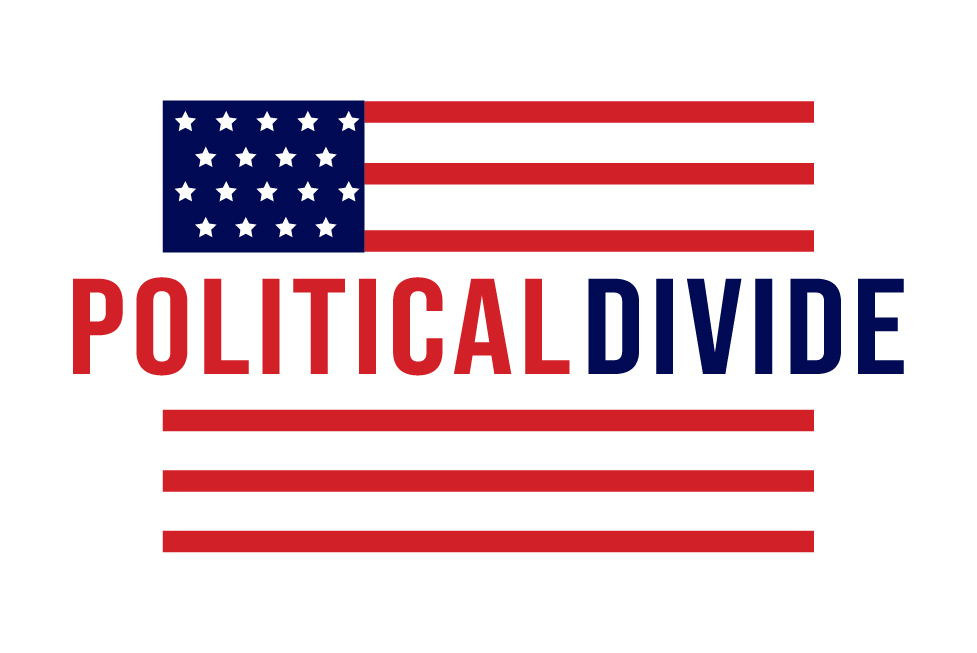
In the ongoing discourse on economic fairness and educational affordability, a pertinent question emerges: Should taxes on the affluent be raised to alleviate student loan interest rates? This exploration delves into the complex interplay of fiscal policies, wealth distribution, and the pursuit of accessible higher education.
Bridging Economic Disparities
The proposal to increase taxes on the wealthy as a means to reduce student loan interest rates encapsulates the broader conversation about addressing economic disparities and enhancing educational opportunities. Advocates argue that such a move would not only contribute to fair wealth distribution but also alleviate the financial burden on students seeking higher education.
Wealth Redistribution for Education:
Proponents of increasing taxes for the rich contend that it aligns with the principle of shared responsibility for societal advancement. Redirecting funds from higher-income brackets towards education aims to create a more equitable system, ensuring that the benefits of economic prosperity are extended to a broader segment of the population.
Reducing Student Loan Burden:
The proposal’s central focus is on mitigating the challenges faced by students burdened with high-interest loans. By channeling additional revenue into educational initiatives, the objective is to alleviate the financial strain on graduates, enabling them to better navigate post-education life without being encumbered by exorbitant loan repayments.
Potential Drawbacks and Opposition:
Critics, however, express concerns about the potential consequences of increased taxes for the affluent. Some argue that it may stifle economic growth, discourage investment, or lead to capital flight. Striking a balance between addressing student loan challenges and maintaining a conducive economic environment becomes a crucial consideration.
Policy Implications and Alternatives:
Beyond the specific proposal, the conversation extends to exploring alternative solutions and policy frameworks. This may involve comprehensive reform of student loan programs, increased government investment in education, or targeted initiatives to address the root causes of rising tuition and student debt.
Navigating the Fiscal Landscape
The question of whether to support increased taxes for the rich to reduce interest rates for student loans is emblematic of the ongoing debate on the role of wealth redistribution in fostering societal progress. Balancing the need for accessible education with broader economic considerations requires a nuanced approach. As policymakers and the public engage in this dialogue, the aim is to forge a path that ensures a fair and sustainable future for both students and the overall economy.
